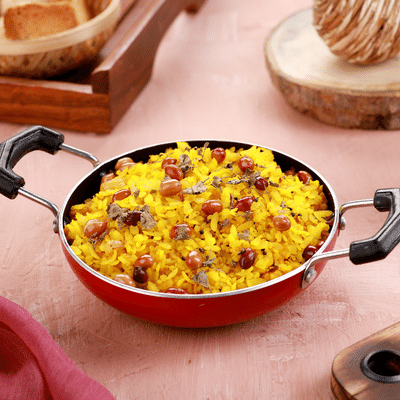EVS Notes for Chapter 10 What is Cooking Class 3 - FREE PDF Download
FAQs on What is Cooking Class 3 EVS Chapter 10 CBSE Notes - 2025-26
1. What are the key concepts about cooking covered in Class 3 EVS Chapter 10?
Chapter 10 provides a summary of the basics of cooking. The key concepts include the different methods of cooking like boiling and frying, the various utensils we use (e.g., tawa, cooker), the materials they are made from (steel, aluminium), and the different fuels (LPG, wood) that provide heat. It also helps us identify foods that are eaten cooked and foods that are eaten raw.
2. What are the main methods of cooking to remember for a quick revision?
For a quick summary of the chapter, remember these five main cooking methods:
- Boiling: Cooking food in hot water, like rice or dal.
- Frying: Cooking food in hot oil, like puris or samosas.
- Baking: Cooking with dry heat in an oven, like cakes or biscuits.
- Roasting: Cooking food over direct heat, like a chapati on a tawa.
- Steaming: Cooking food with the help of steam, like idlis or dhokla.
3. What are some common materials used to make cooking utensils?
Cooking utensils are made from various materials that conduct heat well. As per the chapter summary, the most common materials are steel, copper, aluminium, and iron. In the past, utensils were also commonly made from brass and earth (clay pots).
4. Why is it important to know about different cooking methods?
Understanding different cooking methods is a key concept because not all foods are prepared the same way. The right method makes food tasty, safe to eat, and easy to digest. For example, we boil potatoes to make them soft but fry a poori to make it crisp.
5. How does cooking food change it from its raw form?
Cooking causes important changes in food. It primarily makes food softer and easier to chew and digest. Cooking also kills harmful germs, which makes the food safer to eat. It also changes the taste and smell of food, making it more appealing.
6. Can you summarise the difference between foods we eat raw and foods we eat cooked?
This chapter explains that we eat food in two forms:
- Foods eaten raw: These do not require cooking. Examples include fruits and vegetables used in salads like cucumber, tomato, and carrot.
- Foods eaten cooked: These must be cooked to be edible and safe. Examples include rice, dal, chapati, and most vegetables like potato and cauliflower.
Some foods, like carrots and tomatoes, can be eaten both raw and cooked.
7. What are some different types of fuels used for cooking?
A key part of this chapter is understanding that heat for cooking comes from different fuels. Common examples mentioned are LPG (gas cylinders), piped gas, electricity (for induction stoves), coal, wood, and dung cakes. Some modern methods also use solar energy from the sun.
8. How can I quickly revise the main points of the 'What is Cooking' chapter?
For a fast revision, create a simple concept map. Start with the main topic, 'Cooking', and draw branches for the key ideas:
- Methods: List boiling, frying, roasting, etc.
- Utensils: List tawa, kadahi, pressure cooker.
- Materials: List steel, aluminium, copper.
- Fuels: List LPG, wood, coal, electricity.
- Food Types: List 'Raw' vs. 'Cooked'.
This visual summary helps you recall all the important terms from the chapter quickly.



























